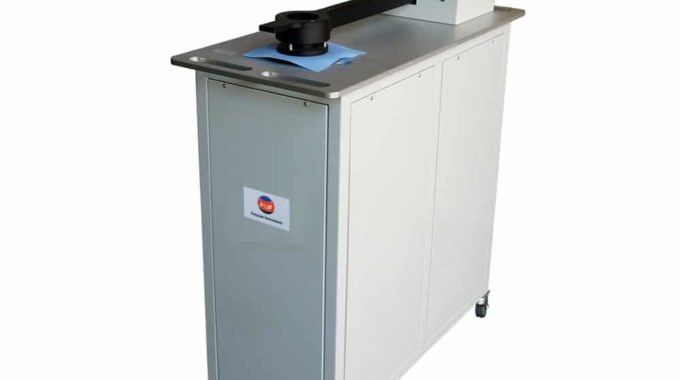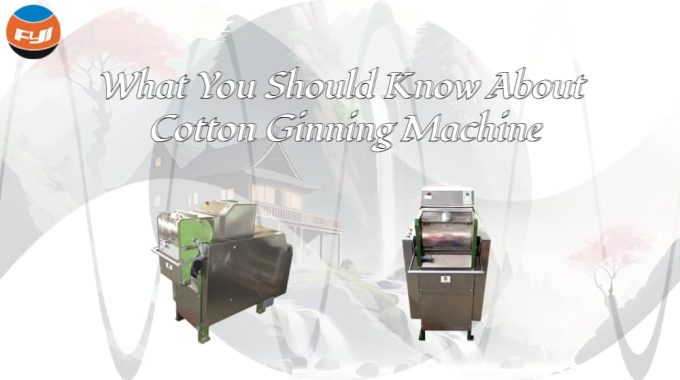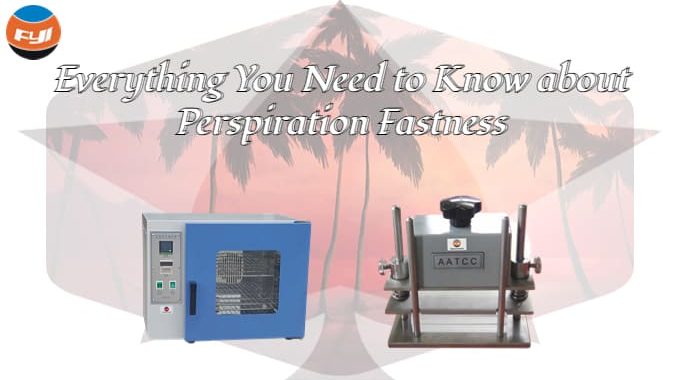
Test and analysis of air permeability of nonwoven filter materials
Contents
What is air permeability
The air permeability directly affects the flow resistance of the filter product. There are various methods to measure the permeability index internationally. But the basic method is the same, that is, the resistance of a certain flow of clean gas passing through a certain area of filter material.
The difference is: some provisions resistance value, measurement flow size; Some regulation flow value, measure resistance size; The rating or area through the filter material also varies.
As the air permeability is not linear with the pressure difference at both sides of the fabric, the air permeability curve should be measured in the air permeability – pressure difference test to obtain the air permeability performance of the fabric. But this was too much work. The practical approach is to specify the fixed pressure difference as the benchmark for permeability test.
Filter materials play an important role
Filter materials play an important role in daily production and life.
Many industrial production and environmental protection devices involve the filtration of gas and liquid. The core of the filter device is the filter medium.
As a filter medium, textile materials can be widely used in the filtration of gas, liquid, food manufacturing and other industrial production.
Textiles for filtration are mainly organic, knitted and nonwoven. The disordered distribution of fibers in the nonwoven filter materials enables the carrier phase to strengthen the dispersion effect when it flows through the fiber winding system of the filter materials, so that the particle suspension phase which wants to separate has more opportunities to collide and adhere with the single fiber.
Because the regular arrangement of yarn is formed by weaving and knitting fabric, the yarn is closely interwoven with each other, and the possibility of forming a winding system is not possible.
Therefore, the filtration efficiency of nonwoven fabric is significantly higher than that of weaving and knitting fabric. Moreover, it can also improve the flow speed of carrier phase, that is, speed up the filtration process.
When using density gradient, the effect is especially remarkable. Due to the diversity of nonwovens processing methods, the optimal fiber winding system can be formed according to the specific use and needs of filter materials, especially the pore size and void ratio of filter materials can be designed arbitrarily, which makes the production of filter materials more reasonable and economical.
In recent years, nonwovens have made remarkable progress in the field of filtration. For example, air filters used in household air conditioners, ventilation fans, dust removal machines, and liquid filters such as coffee and tea are also widely used in energy stations, petrochemical industry, sewage treatment, chemical and cosmetic production, cigarette production and automobile industry. In addition, it is also widely used in paper industry and textile production, such as melting in chemical fiber production and filtration of aqueous polymer impurities.
Compound filter material is a hot spot in recent years. For example, the strength of spunbonded nonwovens is large, but the homogeneity is poor. The compound filter material made of spunbonded nonwovens and melt-blown nonwovens can not only overcome the weak strength of melt-blown nonwovens, but also give full play to the excellent filtering performance of melt-blown nonwovens. Filtration performance index of filter material includes: filtration precision, permeability, contamination capacity, fiber migration, pore size and compatibility with filter material. Today, we first learn about the permeability test of filter materials
Summary about different standard of air permeability
The pressure difference stipulated in the test standards of different countries is not consistent. In the United States, the ANSI/ASTM, D773, fs191/5450 and Japan’s JISL1096 are 127.4Pa (about 13mm water column).
The regulations of NF g07-111 in France are 196Pa (about 20mm water column). According to German DIN53887, clothing fabric is 100Pa (10mm water column), parachute fabric is 160Pa (16mm water column), filter fabric and industrial fabric is 200Pa (20mm water column). British BS5636 regulation is 98Pa (about 10mm water column); ISO9237 is the same as Germany;
China’s original standard GB 5453-85 is the same as that of the United States.
The new standard is the same as ISO. Due to the inconsistency of the pressure difference specified in the test standards, the conversion method of fabric permeability under different pressure difference conditions of FZ/ t01072-1999 was formulated for the convenience of conversion in China (original ZB W 55001-87). FZ/ t01072-1999 is applicable to the special industrial fabrics of cotton and brocade silk. The range of pressure difference is 3 ~ 19mmH2O.
People pay more and more attention to environmental protection. To achieve sustainable development, more efforts must be made to protect the environment and prevent excessive pollution to the environment. In this context, nonwoven filter materials started and developed rapidly. With the development of the research, the performance index and test method of the filter material will be more perfect. It is believed that in the near future, the quality standards of filter materials will be introduced. And the performance of filter materials will be improved to a new level.
If you need more air permeability or Automatic Air Permeability Tester and standard, material etc. please send email [email protected].
Comments are closed.

:The-most-valuable-guidance-680x380.jpg)

Say, you got a nice blog.Really looking forward to read more. Awesome.
I am a mask manufacturer and the article on mask breathability was very useful to me
Excellent article. Gratitude again. Great.